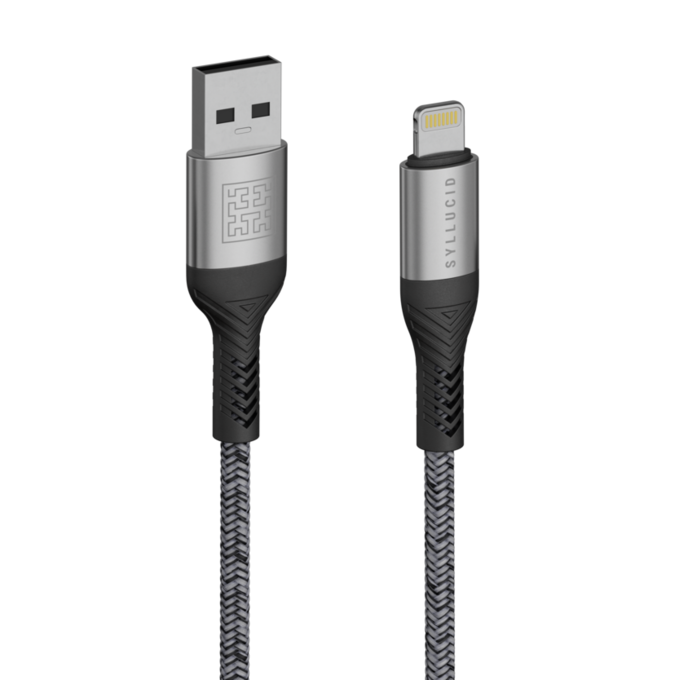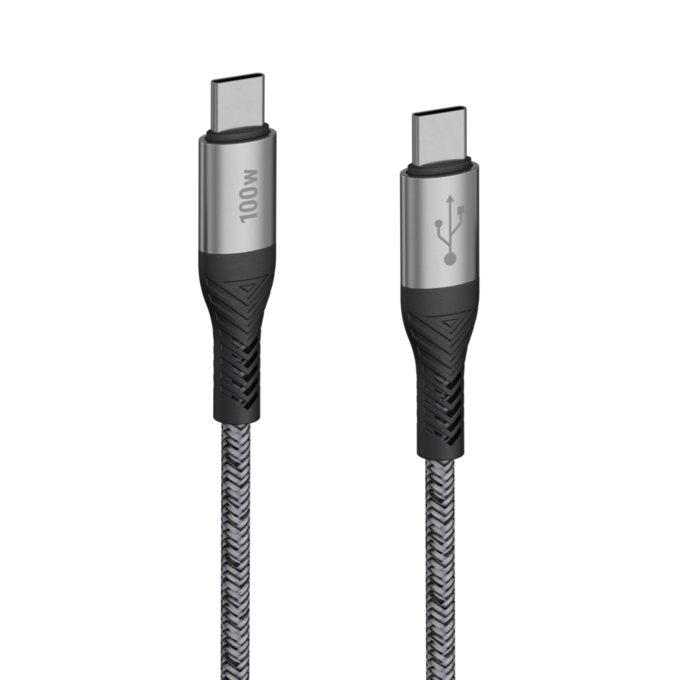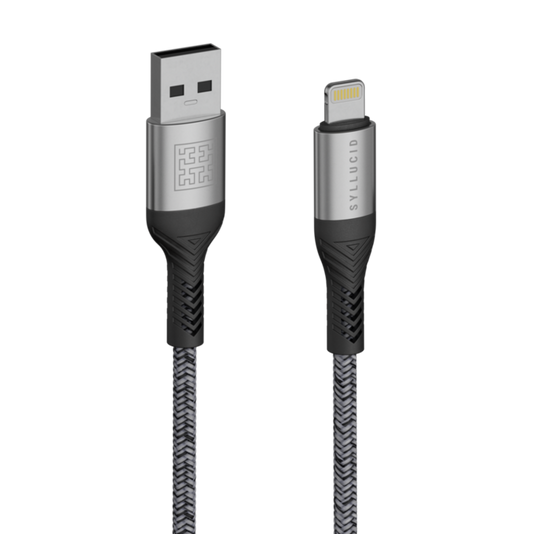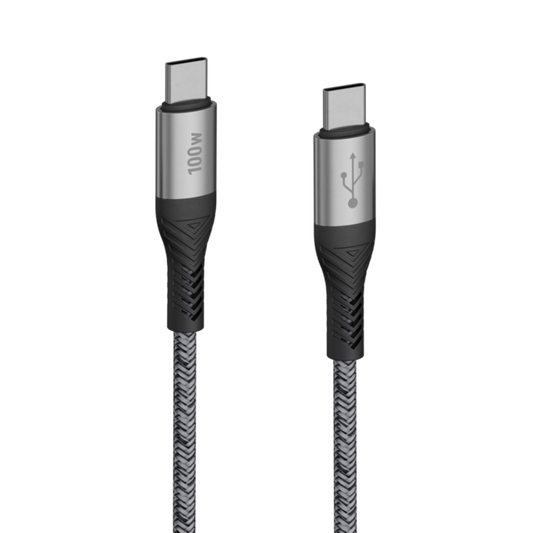Our electronic companions have a big footprint. Understanding why can help to fight back on climate change.
The electronics industry has a rising impact on the planet. With growing demand for electronic products, the sector's global emissions have risen to 1.4% globally - and this is only expected to rise. To put this into perspective, at the moment, the production of all electronics creates nearly as much CO2 emissions as all the airplanes in the world combined. However, at the bottom of this there is a much larger problem and it has to do with how we produce all of our tech.

70% of global emissions are tied to material use and handling
Products that use a lot of raw materials, like electronics, are linked to emissions. That's mainly for two reasons:
- Mining is energy intensive: 10% of the global energy consumption stems from mineral extraction through mines alone.
- Processing raw materials and turning them into products produces high emissions: 70% of global emissions are tied to material use and handling (for more data on this read more on circle-economy.com). In other words, digging up raw materials form the ground and making 'stuff' with it accounts for a large portion of why we are dealing with climate change. Electronics need a lot of raw materials to be produced. The rising demand for electronics and their fast product cycles mean they contribute more and more to the demand for raw material extraction and in turn to rising emissions.

Dangerous knock-on effects
But it’s not just the emissions that stem from the energy intensive mining and material handling that contribute to climate change. Mining is causing other types of environmental damage, too - which in turn can release emissions. In Peru, illegal gold mining that is used for electronics, jewellery, and the financial sector is destroying the Amazon. At its peak, it became the second-largest cause of deforestation in the country.
During the mining and smelting process of minerals that are used for electronics many different toxic substances like mercury are released that can be harmful to the environment and destroy ecosystems.
So, where minerals are mined and under which circumstances has further implications for how much they are linked to climate change and other types of environmental damage.
Opaque international supply chains make it difficult to understand how products and emissions are linked. For consumers this is a real problem, it's very difficult to be responsible for something if you don't know much about.
Making a difference with traceable supply chains
Knowing where the materials that end up in our products come from, and knowing what impact they have on the planet, is the first step to understanding a core problem: To cut emissions, we need to use less raw materials.
That means producing fewer products, recycling the materials we already have, and using our products as long as possible, especially electronics.
Traceability and better material sourcing can further help to reduce emissions. By sourcing minerals that are traceable and certified to be less harmful to the planet we can start to reduce the amount of emissions they cause and prevent large-scale environmental disaster like the loss of biodiversity in the Amazon.
Tracing them back to their source is a difficult process so making electronics supply chains more sustainable won’t happen overnight but there are already ways to make our electronics more planet friendly - and have a positive impact on the people that make them and our environment.
If you want to know more about what we are doing to make electronic products more climate friendly read more on our sustainability page. If you have ideas how we can improve our supply chains or want to collaborate get in touch with us!





